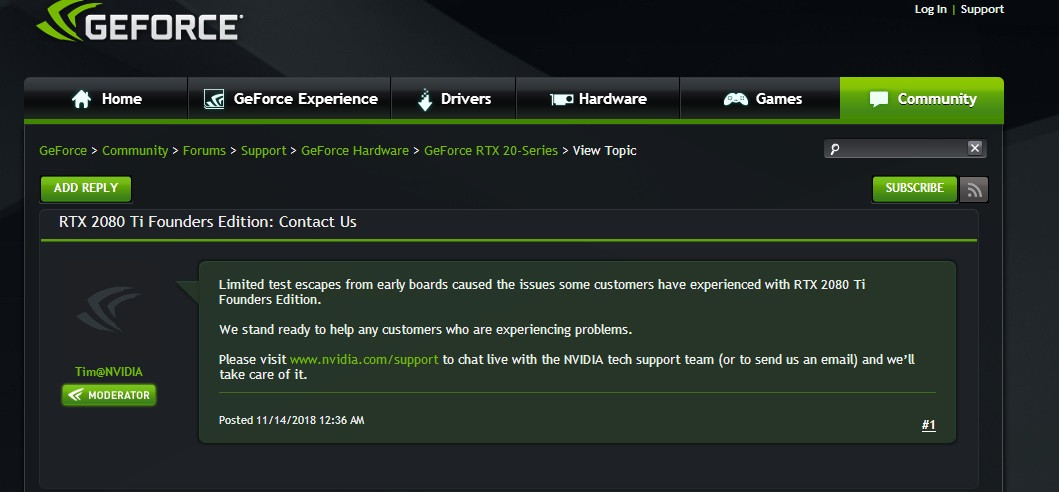I feel like this entire thing is based on oversimplified discussion points.
POSCAP vs MLCC vs Aluminum or whatever is a very technical choice. At first you think its simple: just pick the thing with the lowest ESR and highest Capacitance, but then you start worrying about high-frequency operation (these GPUs are at 2GHz+ now). But not only that, there's temperature and more.
The article oversimplifies:
with a six POSCAP design (which are worse than MLCCs, remember)
I haven't done this stuff since I was in college. But what I do remember was pouring over capacitor spec sheets and tearing my head out trying to understand the nuanced differences between them. Just picking an
MLCC capacitor series alone requires going through a giant 100+ page list, focusing on the Thermal, Frequency, Capacitance, and Resistance of your application.
"POSCAP is worse than MLCC" ?? Wut? I'm sure an 8-terminal low-inductance MLCC is superior to most others, but a cheap general-purpose MLCC may be worse. Its not like all MLCCs are made the same. Even then, "worse" in what way? POSCAPs don't lose capacitance at higher temperatures, while MLCCs are temperature-dependent and voltage-dependent (the higher the voltage and higher the temperature, the less capacitance you get).
Maybe the MLCC is better if you've found a section of the board that has superior heat-sinks / cooling, but maybe POSCAP gets better if you're in a warmer area and/or higher voltage. Like, this crap is devilishly complicated.
Heck: Even simplifying the discussion to ESR and Capacitance (ESR bad, Capacitance Good) you get utterly borked if you randomly get resonance for some stupid reason (where voltage/current "bounces" between two components, because by luck would have it... something is "ringing" at the same frequency as your capacitor). So maybe a higher ESR chip is better in those weird cases.
----------------
I'm
sure someone out there made a mistake with capacitor selection. This is a very difficult part of high-speed electronics design. However, simplifying the discussion to "X design has 6-MLCC capacitors vs Y Design has POSCAPs" is
completely useless. That level of discussion is insufficient to seriously understand the power issues going on at the sub-nanosecond scale (2GHz == 0.5 nanoseconds).
At the end of the day, you blackbox the entire decision tree and test the heck out of the electronics. If this does end up to be a capacitor issue, then it was a
testing issue. Having to go under several board revisions to fix capacitor issues is like, standard EE-issues (like finding a bug in a version of the a computer program and having to issue a patch to fix it later). Your engineers are going to make that mistake, and you hope that your testing mechanisms are good enough to catch them.
----------
If anyone thinks that this job is easy, go to
Murata's simsurfing site and browse around for a few minutes. That's one company's capacitor selection, mostly MLCCs. Then go to Panasonic's website,
download their Capacitor tool, and search their database for POSCAPs. Then download everyone's pSpice models, and run a few simulations on LTSpice (its a free tool, you can do all of this for free).












